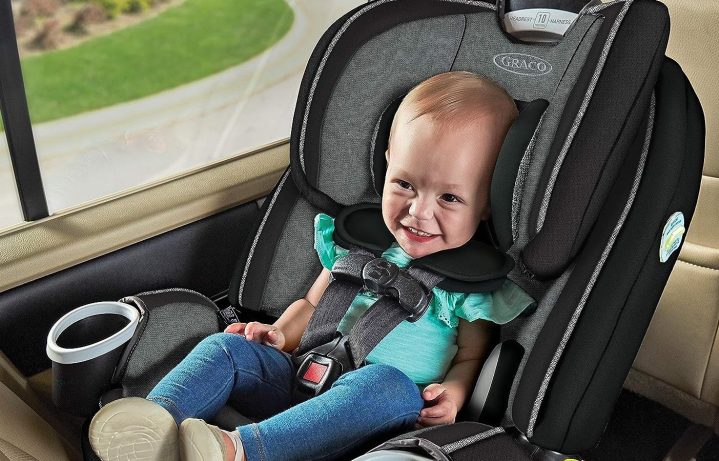
A good car seat will adjust as your child grows, reducing the amount of times you have to buy a newer, bigger model. How, you ask? Well, Graco’s 4EVER DLX 4-in-1 car seat is the ideal example. It offers up to ten years of use, with seamless transformations between rear-facing harness, forward-facing harness, high back belt positioned, and backless belt positioned booster modes.
For Black Friday — and really, this should be featured in the best Black Friday deals — this exact car seat is on sale for 25% off, which is a discount of $82. Normally $330, it’s yours today for just $248. Considering you’ll never have to buy another seat for ten years, and by then, they can use a seatbelt, it’s a fantastic investment.
Why you should buy the Graco 4Ever DLX 4-in-1 car seat for Black Friday
Engineered with Graco’s Protect Plus technology, this seat protects your little one from impacts at every angle, including frontal, side, rear, and rollover crashes. It encompasses them in a bubble of safety, essentially, with a safe-adjust harness system to keep them firmly in place and properly secured.
It offers a six-position recline with easy latch and adjustment options to match your child’s body. As they grow, you can adjust the harness so it’s not hurting or bothering them. Moreover, it allows for seating in up to four different positions, with an integrated belt lock-off for easy vehicle seat belt installation.
By far, one of the best things about Graco’s car seats is how easy it is to remove the covers and clean them. You’ll learn to love and appreciate that when you’re dealing with spit-up messes, food spills, and beyond. The cover takes 60 seconds to remove, and you can toss it in your washing machine. The metal and plastic parts of the seat can be wiped and washed with warm water and soap. It’s all convenient, and when you’ve had no sleep for weeks, that’s more reprieve than you’ll realize until you’re there.
For Black Friday, the deal price of this incredible car seat is $248, saving you about $82. Don’t waste time if you need a car seat; this is a great deal, the price is a steal, and with some safe driving practices, you won’t have to buy another one again.



